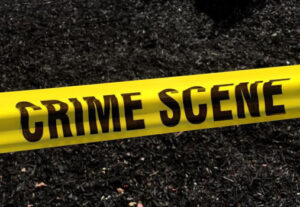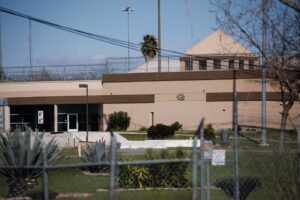The trial of Rebecca Grossman, a prominent Los Angeles socialite charged with the murder of two …
A couple who worked as chauffeurs for the renowned publishing giant Win McCormack have been accused …
A 2-year-old child was found unresponsive in the home of former Massachusetts police lieutenant, Lt. James …
All News
You have made it to the end!
No post here!






